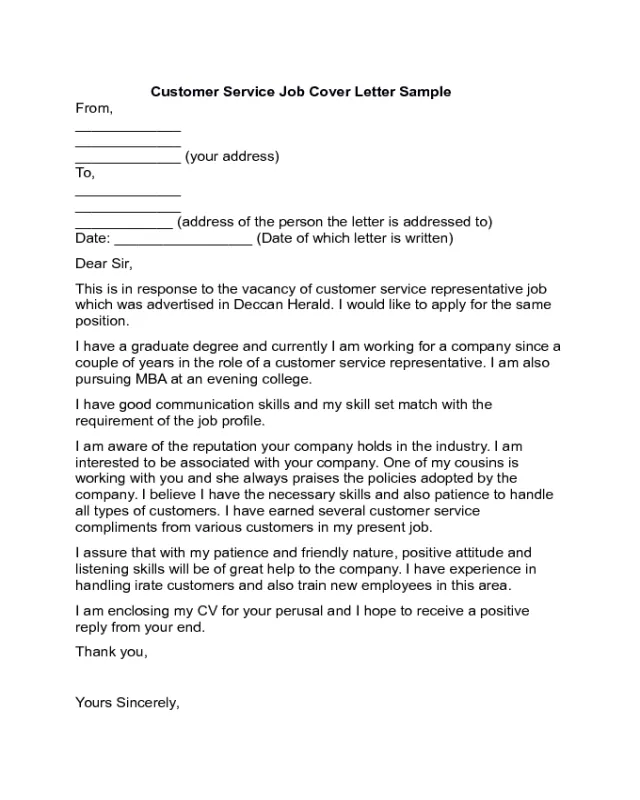A compelling customer service job cover letter is your first opportunity to make a positive impression on a potential employer. It’s your chance to showcase your skills, experience, and personality, setting you apart from other applicants. A well-crafted cover letter isn’t just a formality, it’s a powerful tool that can significantly increase your chances of landing an interview. This guide provides essential tips and tricks to help you create a cover letter that grabs attention and gets you hired.
Highlighting Your Customer Service Skills
Customer service roles demand a specific set of skills that go beyond simply answering phones or responding to emails. Your cover letter is the perfect place to spotlight these abilities. Employers want to see that you understand what it takes to excel in a customer-facing role. Focus on demonstrating how your skills align with the specific requirements of the job description. Instead of just listing skills, provide examples of how you’ve successfully utilized them in past experiences.
Communication Skills
Excellent communication is the cornerstone of customer service. This includes both written and verbal skills. In your cover letter, describe situations where you’ve had to communicate complex information clearly and concisely, both in writing and verbally. Highlight your ability to actively listen, ask clarifying questions, and tailor your communication style to suit different customer needs and personalities. Mention any experience with different communication channels such as phone, email, chat, and social media.
Empathy and Patience
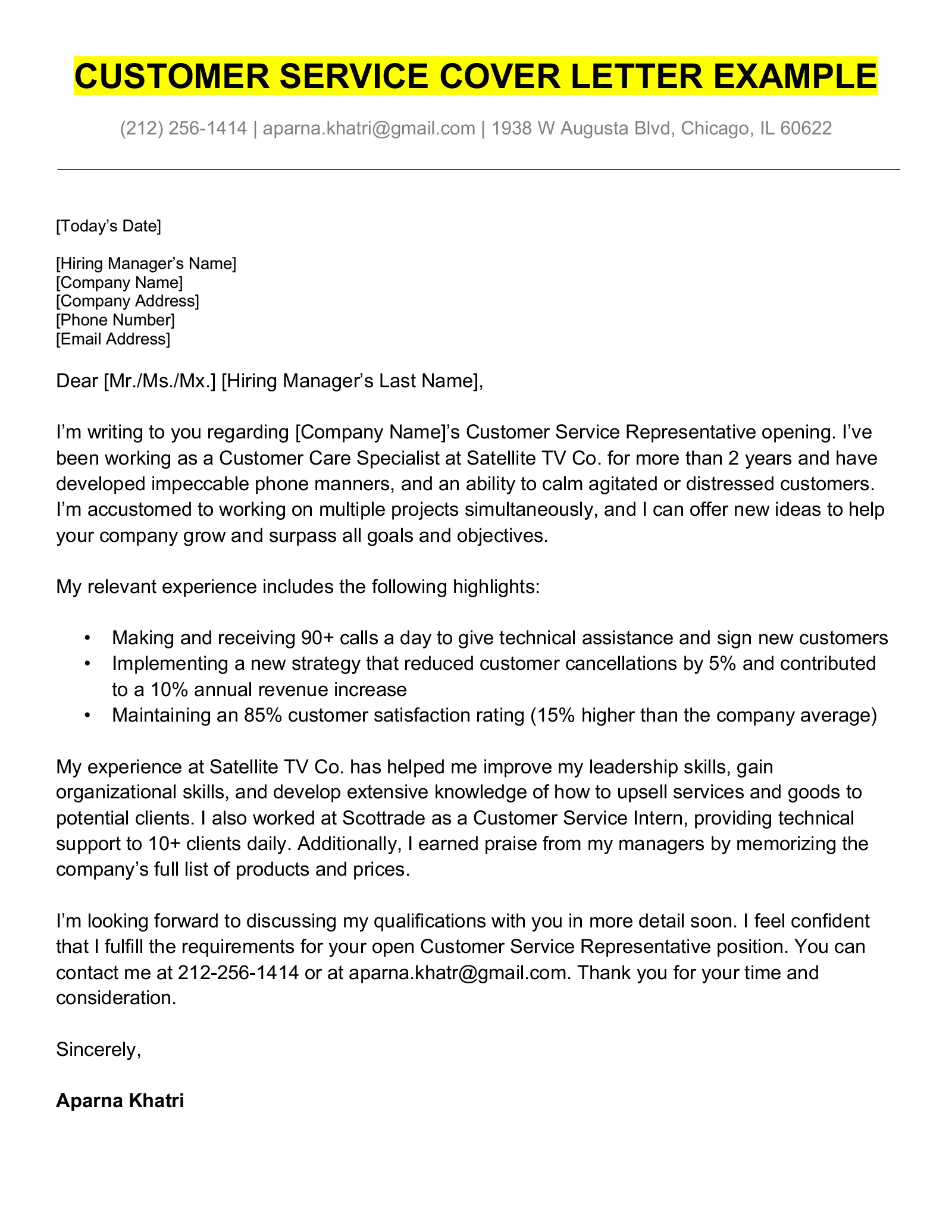
Customer service often involves dealing with frustrated or upset customers. Demonstrating empathy and patience is crucial. In your cover letter, provide examples of how you’ve handled difficult situations with grace and understanding. Explain how you actively listen to customers’ concerns, validate their feelings, and remain calm under pressure. Show how you can de-escalate tense situations, find solutions, and ensure customers feel heard and valued. Employers value candidates who can remain positive and professional even when faced with challenging interactions.
Problem-Solving Abilities
Customer service representatives often serve as the first point of contact for resolving issues. Highlighting your problem-solving skills is essential. In your cover letter, describe instances where you’ve identified customer needs, analyzed problems, and implemented effective solutions. Detail your ability to think critically, troubleshoot issues, and find creative solutions to ensure customer satisfaction. Mention any experience you have with using CRM systems, knowledge bases, or other tools to assist in problem-solving. Show that you are resourceful and capable of finding the best solutions.
Showcasing Relevant Experience
Your cover letter is a great place to highlight your experience and skills. Provide clear examples of your ability to handle customer inquiries, resolve issues, and maintain a positive attitude. Don’t just list your job duties. Instead, focus on your accomplishments and the results you achieved in previous roles. Use specific examples to illustrate your customer service expertise. Your goal is to show the employer that you have the necessary experience to thrive in their customer service environment. Focus on what you did, how you did it, and the positive outcomes that resulted.
Quantify Your Achievements
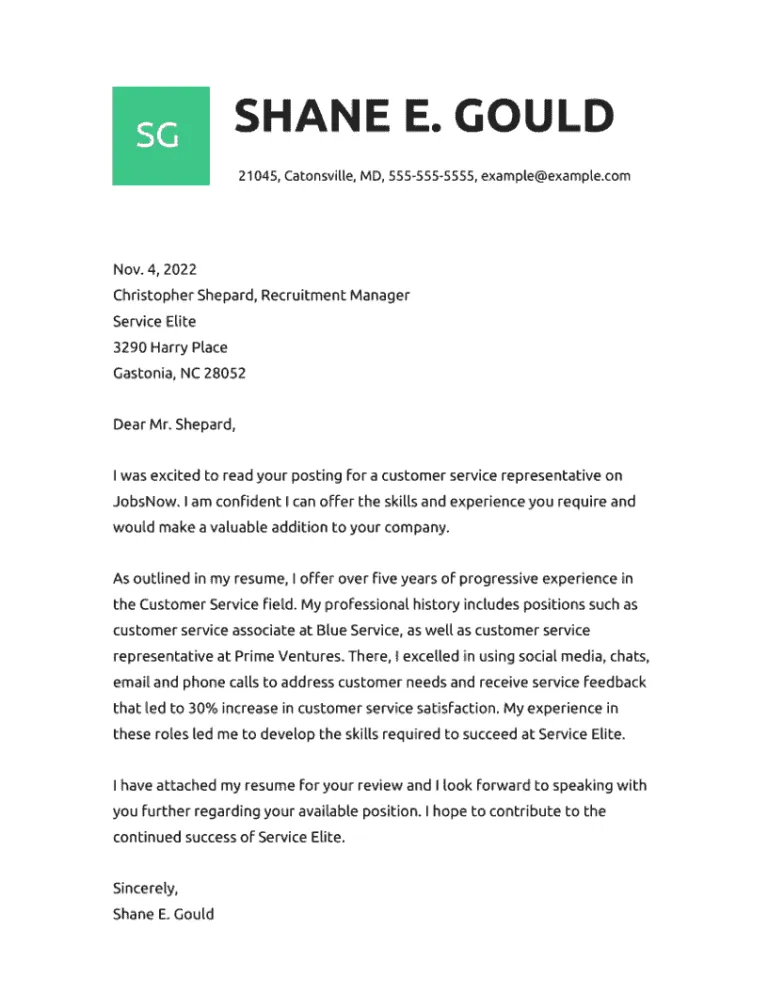
Whenever possible, use numbers and data to quantify your achievements. This adds credibility to your claims and demonstrates the impact of your work. For example, instead of saying “Improved customer satisfaction,” say “Improved customer satisfaction scores by 15% through proactive communication and efficient issue resolution.” Use metrics like customer satisfaction scores, resolution times, and the number of inquiries handled per day to showcase your efficiency and effectiveness. These numbers make your accomplishments more tangible and impressive.
Tailoring to the Job Description
Always customize your cover letter to each job you apply for. Carefully read the job description and identify the key skills and requirements the employer is looking for. Then, tailor your cover letter to directly address those requirements. Highlight the experiences and skills that are most relevant to the specific role. Use keywords and phrases from the job description to demonstrate that you understand what the employer needs. This shows that you’ve taken the time to understand the role and that you are genuinely interested in the opportunity.
Formatting Your Cover Letter for Impact
The formatting of your cover letter can significantly influence how it is received. A well-formatted cover letter is easy to read and visually appealing. Ensure that your cover letter is clean, professional, and easy to scan. Use a standard font, such as Times New Roman, Arial, or Calibri, and maintain consistent formatting throughout. Use clear headings and subheadings to break up large blocks of text. Keep your paragraphs concise and avoid long, rambling sentences. The goal is to make your cover letter as readable as possible.
Professional Tone and Language
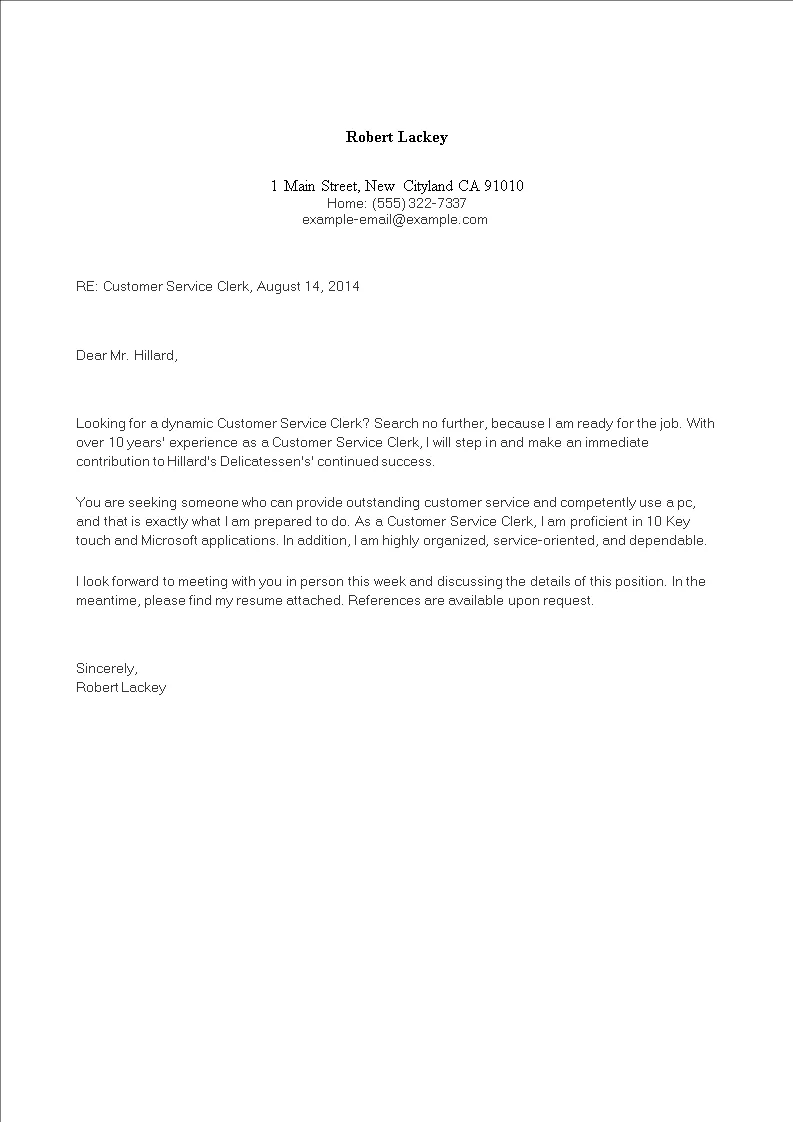
Maintain a professional tone and use formal language throughout your cover letter. Avoid slang, jargon, and overly casual language. Your cover letter should reflect your professionalism and attention to detail. Be polite and respectful in your writing. Use active voice and avoid passive constructions. Make sure the language you use is positive, enthusiastic, and confident. The goal is to project an image of a capable, professional, and motivated candidate.
Length and Structure
Keep your cover letter concise and focused. Aim for a length of one page, or around 250-400 words. The structure should include an introduction, a few body paragraphs highlighting your skills and experience, and a conclusion. In your introduction, state the position you are applying for and how you learned about it. In the body paragraphs, demonstrate your relevant skills and experience. In your conclusion, reiterate your interest in the position and thank the employer for their time and consideration. Keep it succinct, and avoid going over one page.
Proofreading and Editing
Proofreading and editing are crucial steps in the cover letter writing process. Errors can undermine your credibility and give the impression that you lack attention to detail. Thoroughly proofread your cover letter for any grammatical errors, typos, and inconsistencies. Use a grammar checker and spell checker, but don’t rely on them entirely. Proofreading your work ensures that the final product is polished and professional. Always take the time to review your cover letter multiple times.
Checking for Grammar and Spelling
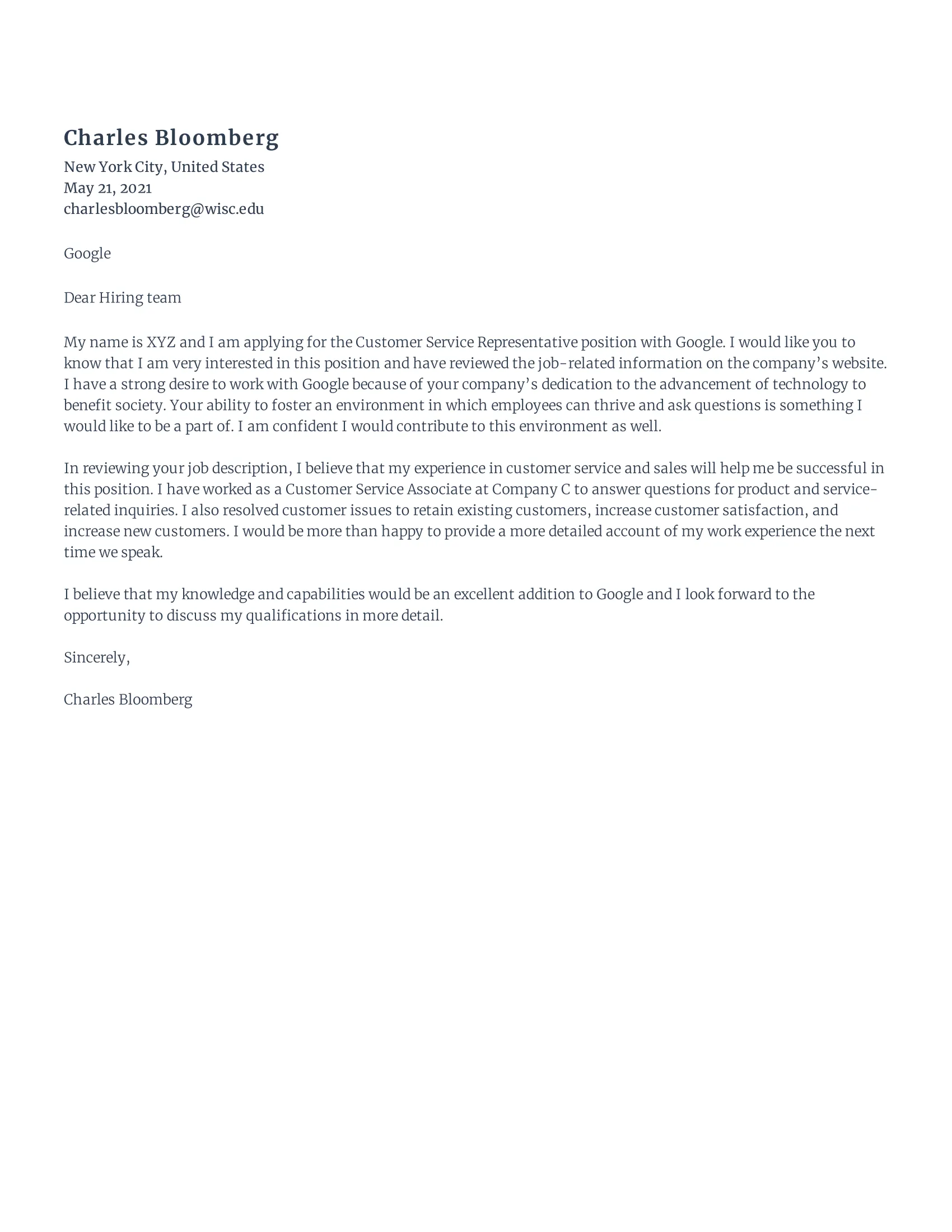
Carefully check your cover letter for any grammatical errors and spelling mistakes. These errors can be distracting and make a negative impression on the reader. Double-check all punctuation, capitalization, and sentence structure. Ensure that you are using the correct tenses and that your sentences flow smoothly. Errors undermine your credibility and can lead the employer to think you lack attention to detail. Take extra time to carefully review your cover letter, paying attention to all the small details. Your cover letter should be free from any type of error.
Seeking Feedback
Ask a trusted friend, family member, or career counselor to review your cover letter before submitting it. An outside perspective can help you identify any areas that need improvement. Ask the reviewer to check for clarity, grammar, and overall effectiveness. Fresh eyes can often catch mistakes or areas where your writing can be improved. Reviewer feedback can improve your cover letter and make sure it accurately reflects you and your skills. Ask for specific feedback such as clarity, and how you showcase your skills, experience, and the overall structure of your cover letter.
In conclusion, crafting a compelling customer service job cover letter takes time and effort, but it’s a worthwhile investment. By highlighting your skills, showcasing relevant experience, and paying attention to formatting and proofreading, you can create a cover letter that stands out from the competition and helps you land an interview. Remember to tailor each letter to the specific job description and always proofread carefully. Good luck in your job search!
